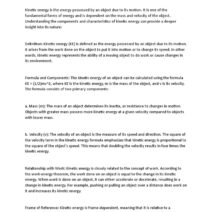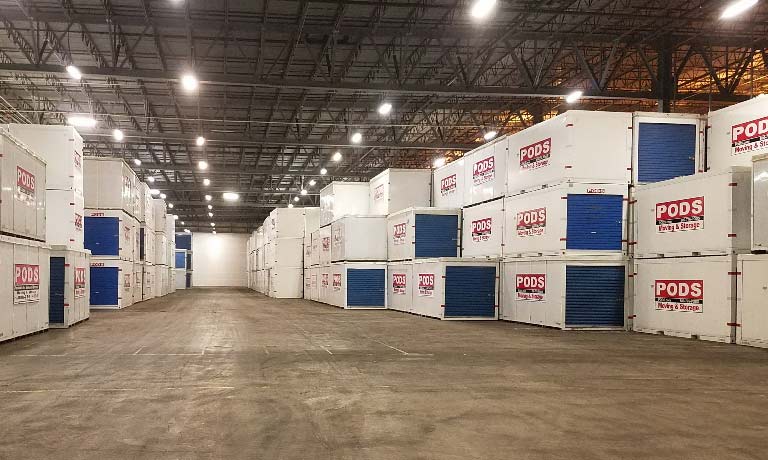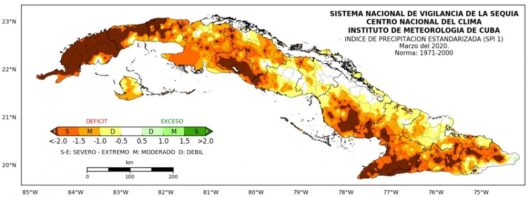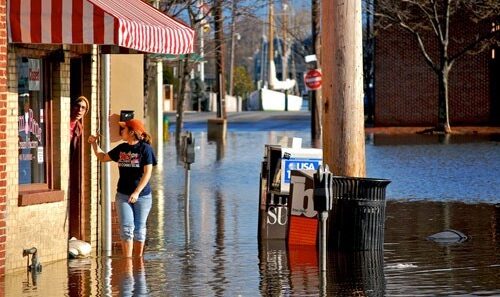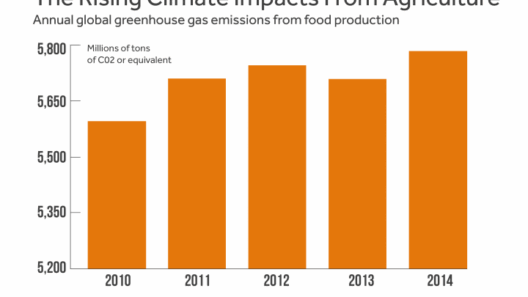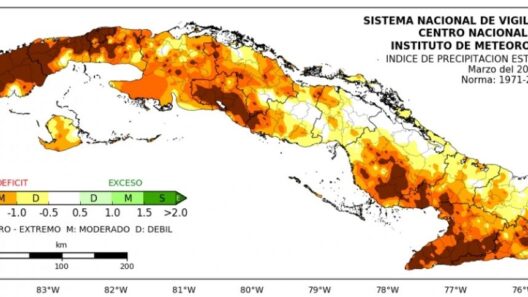When considering storage options, particularly the increasingly popular PODS storage facilities, a pivotal question arises: “Are PODS storage facilities climate-controlled?” This inquiry is not merely a technical scrutinization; it embodies a broader concern regarding the preservation of valuable belongings. Individuals and businesses alike must grapple with the implications of temperature and humidity fluctuations on their stored items. But what exactly does climate control entail, and why is it a critical aspect to consider before committing to a storage solution?
Firstly, let’s delineate what climate-controlled storage signifies. Such facilities aim to maintain a consistent environment, usually between 55°F and 85°F, complemented by regulated humidity levels. This controlled atmosphere is designed to safeguard sensitive items—artwork, antiques, electronics, and even certain types of clothing—from the detrimental effects of extreme temperatures and moisture. The absence of climate control can precipitate deterioration, prompting a thorough investigation into the offerings of various storage providers.
In the case of PODS, often characterized as portable storage units, it is essential to thoroughly investigate their operating mechanisms. Customers may be enticed by the convenience of these units, which are delivered directly to a desired location for loading and then taken to a storage facility or kept on-site. However, the question remains whether they offer the requisite climate control. Unlike traditional storage facilities that frequently employ specialized climate-regulated systems, PODS units can potentially be exposed to the vagaries of the weather unless specifically designed to mitigate these elements.
The sheer accessibility of PODS invites potential customers to view these units as a reasonable solution to their storage woes. Yet, the inherent challenges connected with climate control cannot be overlooked. Have you ever considered the ramifications of neglecting this crucial feature? A humid day might transform your stored belongings into a breeding ground for mold and mildew, while excessive cold might cause fragile items to crack or shatter. Such considerations make understanding the environment in which your possessions will reside paramount.
Examining the data, it appears that not all PODS storage locations offer climate-controlled units, and those that do may not provide uniform options across all facilities. Disparate regional climates further complicate this issue. For example, a PODS facility located in a humid environment may be equipped with climate-control measures, while another situated in a drier, more temperate area might not offer the same assurances. Therefore, it is indispensable to inquire directly about climate control capabilities when selecting a storage solution.
What happens if your belongings are stored without climate control? The potential issues are myriad. Wooden furniture may warp, delicate fabrics can become discolored, and electronics may suffer irreparable damage. Each of these scenarios represents not just a financial loss but an emotional one, given the sentimental value many items possess. Imagine opening a PODS unit months after storing cherished heirlooms only to find them rendered unusable. This is an unfortunate reality many may face if they neglect to ensure suitable environmental conditions for their possessions.
Additionally, the cost-benefit analysis of opting for climate-controlled storage cannot be ignored. Typically, climate-controlled units command higher prices, a fact that may lead consumers to question their necessity. One might ponder, are the extra expenses justified? When evaluating this, consider the value of your stored items. Are they irreplaceable antiques or everyday household goods? The answer to this question can guide your decision-making process effectively. Ultimately, proactive conservation often outweighs the short-term savings associated with opting for a less expensive, non-climate-controlled unit.
In conclusion, the exploration of whether PODS storage facilities are climate-controlled invites a critical examination of both environmental and financial considerations. Before making a reservation, one must thoroughly assess not only the specific offerings of the PODS facility in question but also the nature and sensitivity of the items intended for storage. It is advisable to engage in meaningful dialogue with the service provider, asking pointed questions about climate control capabilities, unit conditions, and any potential regional environmental influences. Ignorance in this realm can lead to significant consequences, rendering treasured items vulnerable to the ravages of temperature fluctuations and humidity. Hence, arming yourself with knowledge before your decision can ultimately safeguard not just your possessions but also your peace of mind.
